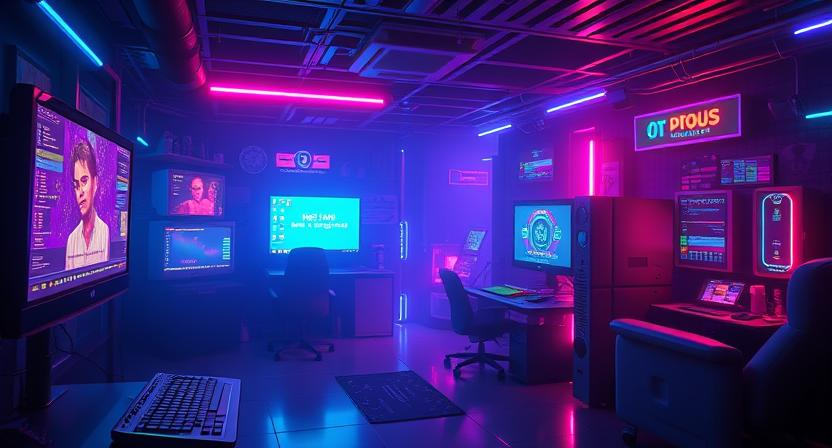Some of the most enduring games aren’t kept alive by updates or DLCs—but by the communities that theorize about them. Fan theories expand lore, fill narrative gaps, and keep people talking long after the credits roll.
Take Dark Souls, for example. Its fragmented storytelling and environmental clues have led to thousands of fan theories. YouTubers and Redditors dissect the placement of every object, NPC line, and hidden item to construct timelines, motives, and meaning. This speculation is part of the experience.
Five Nights at Freddy’s built its entire franchise on mystery. The lore isn’t served directly—it’s hidden in minigames, obscure codes, and visual symbolism. Fans have constructed expansive timelines and character backstories that rival the official content.
In The Legend of Zelda series, timeline placement and recurring themes (like the Master Sword or reincarnated characters) sparked decades of debate—eventually leading Nintendo to acknowledge fan interpretations in official timelines.
Why fan theories matter:
- Extend community engagement
- Foster deeper emotional investment
- Create a participatory relationship with narrative
- Lead to shared discovery and collaboration
Some developers even feed the theory machine intentionally—leaving breadcrumbs, ambiguous endings, or alternate realities (Inscryption, Control, Outer Wilds).
In an era of data mining and instant analysis, it’s notable that mystery still has power. Fan theories remind us that games are more than products—they’re shared worlds where meaning continues to evolve in the minds of those who care.


